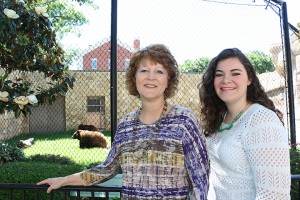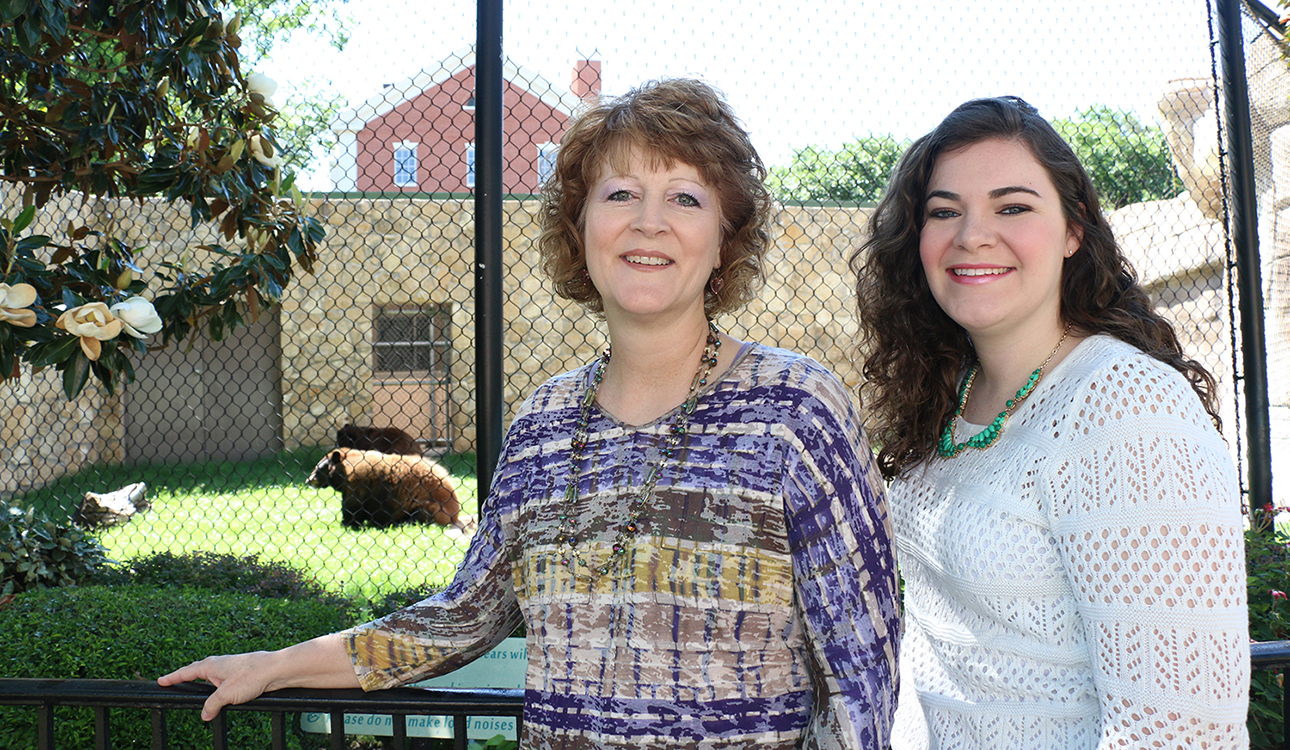
Abigail Loop
Staff Writer
This fall, school groups who visit Baylor’s bear habitat will not only have the chance to see the live mascots, but learn about them as well.
A new bear pit curriculum established by a team of students from Baylor’s School of Education last spring, is set to offer children a new outlook and learning experience when visiting the bears this semester.
The curriculum was initiated when Baylor’s Chamber of Commerce were looking for something new to do with the visiting school groups that came to the bear habitat.
The education team was led by Tyler Senior Alex Farrell, now a May 2014 Baylor graduate. This team joined with Chamber and shared ideas on what could be done to bring in more school groups and created a new curriculum that is set to be used this fall.
Dr. Sandi Cooper, a professor in the School of Education’s Department of Curriculum and Instruction, was in charge of picking a team of students from the educational department to devise the curriculum. Cooper said by both teams of students working together, all sides of the project were able to be covered.
“With the education team, their expertise is not only in the curriculum but also knowing the state standards and how children learn at different ages,” Cooper said. “With chamber, they knew more about the facts on bears and could describe what they had done in the past with groups.”
Clint Patterson, the training advisor for the bear program and an advisor for Chamber, agreed with Cooper, saying that the students’ collaboration was very helpful in creating a good lesson plan.
“There was lots of excitement and energy” Patterson said. “The chief principle is to educate the public and we had key leaders in this.”
The students came up with something now known as the Bear Box. Cooper explained that the box is shown to students when they visit the bear habitat and they are able to have a visual learning experience.
“It’s just a box with different artifacts and materials that children will be able to use,” Cooper said. “There’s a print of a bear claw that children can put their hands in and the funny thing is that there is also plastic bear poop.”
According to information received at the Visual Teaching Alliance, the brain processes visual information 60,000 times faster than text.
When implementing this Box into the curriculum, the students wanted to add the visual concept to their lesson plans while keeping in mind the different age groups that would be visitng the bear habitat.
“I think the most important thing is that its age appropriate,” Cooper said.
“When it’s a young child that comes and students are sharing facts about the bears, there’s the visual aspect. Then when middle school or high school students come they make it a little more challenging to align to the TEKS test.”
Cooper said she’s hoping this new curriculum will bring more school groups to Baylor and also give school groups a good educational experience.






